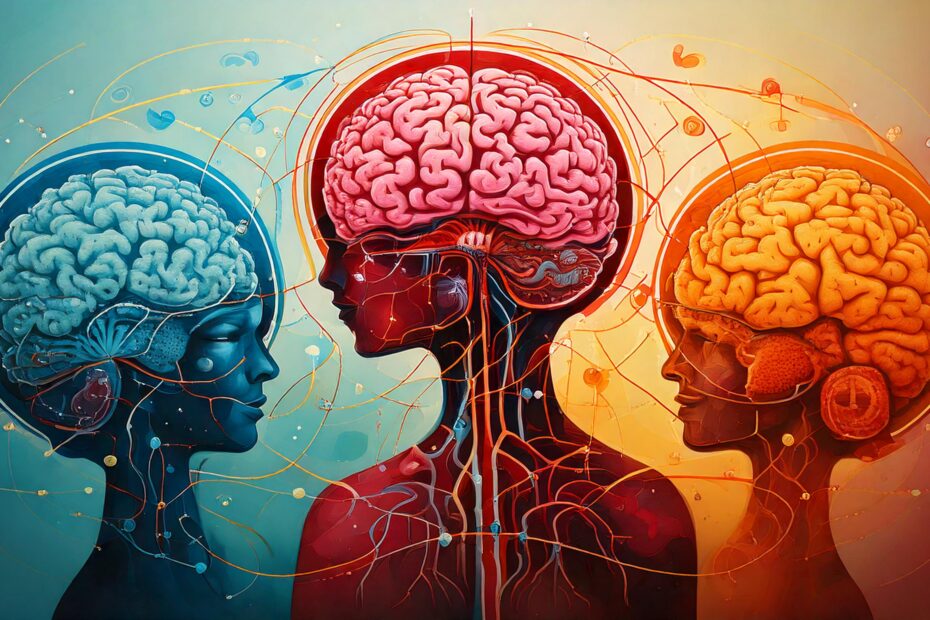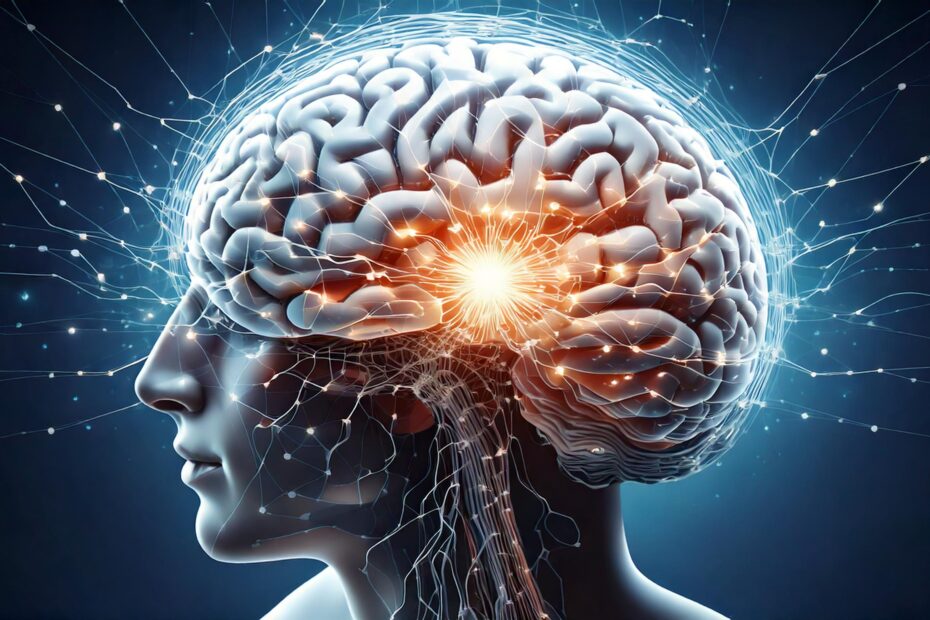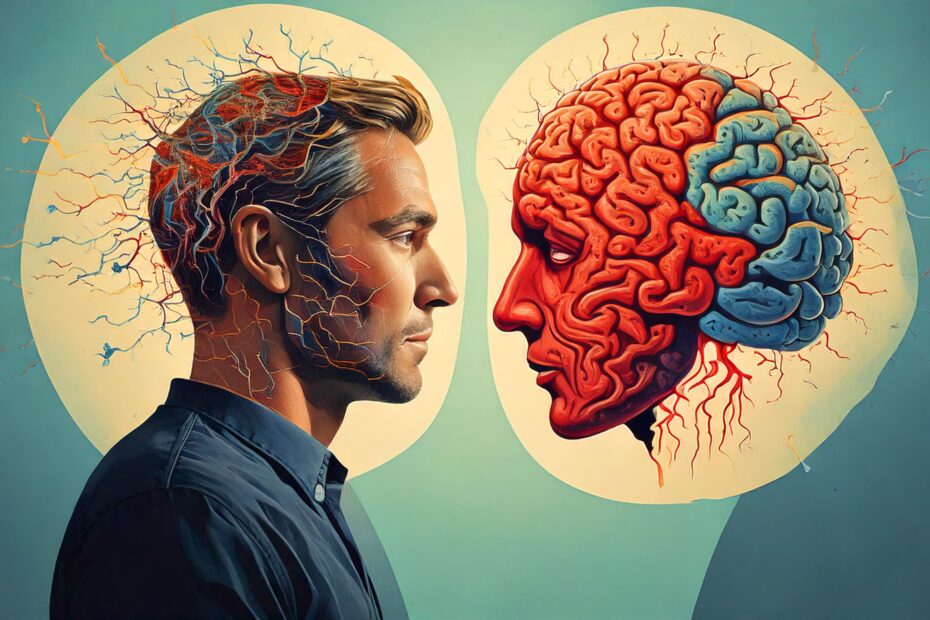The Unconscious Brain: The Hidden Engine Behind Our Decisions
Did you know that 95% of our brain’s activity happens unconsciously? The moment we become aware of our existence, we are only engaging a mere 5% of our cognitive resources. This means that the vast majority of our thoughts, decisions, and actions occur without us even realizing it.





